The National Institute on Drug Addiction and Alcoholism (NIDA) reports that an average of half of those who receive treatment for drug and alcohol abuse experience a relapse. Several studies indicate that the relapse rates are at their highest but between the first three weeks and six months after treatment.
Therefore, it’s essential to develop key relapse prevention skills that work for you. These skills might change over the course of life after treatment, and what works well for some people might not work well for you. That’s why it’s important to try different relapse prevention skills and find the ones that combine to provide you the most stability.
Create a Routine
One of the most important relapse prevention skills is creating a routine. When you participate in inpatient or outpatient treatment, routine will be a critical part of your everyday experience. Your routine will help you set a schedule for things like:
- When you wake up
- When you eat breakfast
- When you schedule physical activity
- When you make time for self-care or reflection
- When you go to bed
Studies have found that the most challenging time of day for those who have completed drug and alcohol treatment is when they have unused time.
When there’s a large segment of time that doesn’t have structure, people are more likely to return to previously established habits, and many times, those previously established habits are harmful. Consistency and structure can develop a routine that creates positive support and prevents the risk of relapse.
Finding the Right Physical Activity
Finding the right physical activity is another crucial element. When you participate in inpatient or outpatient programs, you will typically have time frames scheduled for physical activity in your routine.
These are key relapse prevention skills to take with you for life after treatment because physical activity increases your physical health and your mental health. Physical activity:
- Boosts mood
- Reduces depression and anxiety
- Decreases pain perception
- Improves sleep quality
- Boosts your immune health
- Lowers blood pressure and cholesterol
- Strengthens bones and muscles, reducing osteoporosis
- Improves balance and coordination
The most important part of this is to find the right physical activity. This might be based on your age, your current level of physical fitness, and what interests you. It’s important to try several types of physical activity from running to climbing to hiking to yoga so that you have things that fit your mood and energy levels.
For example:
When John is incredibly stressed, he likes to do heavy weightlifting because it demands all of his focus. On other days, John needs to get outside because he’s anxious, so he goes for a hike or a bike ride in the local area. On weekends or in the morning, when John doesn’t yet have a lot of energy, he likes to go for gentle walks or do easy yoga.
John is a great example of how several types of physical activity can be used no matter how you are feeling.
Incorporate Mindfulness
Incorporating mindfulness is an equally essential skill for life after treatment. Mindfulness meditation often goes hand in hand with physical activity like yoga. This type of practice teaches you to focus on the present moment and to recognize that pain and discomfort are temporary.
Mindfulness helps boost emotional regulation and your sense of control. Under normal circumstances, people who have struggled with drug and alcohol abuse might try to ignore unpleasant emotions, hide them, or change them.
However, this causes unnecessary suffering. What’s healthier is to recognize how you feel and figure out why you feel that way. After sitting with your emotions you’ll be able to accept yourself for who you are without letting those emotions and subsequent impulses control you.
Getting Help if You Relapse
If you find yourself struggling with a relapse, it’s important to recognize that this is a learning opportunity and not a reflection on your abilities, morals, or willpower. Learning key relapse prevention skills on a continual basis might be what is required of you, and with that, you can participate in outpatient rehab with Sequoia Recovery.
If you find yourself having completed an inpatient program and while you feel confident, you still feel the need for mild support, you can also capitalize on an outpatient program that offers ongoing access to support groups and key relapse prevention skills.
At our facility, we provide several levels of care at the bottom of which is outpatient rehab designed to help individuals who need ongoing support. With several levels of care our experienced team members design unique programs that include individual and group therapy based on your needs. This can extend to things like holistic care as well as cognitive behavioral therapy and similar psychotherapies.
In some cases, group therapy provides a supportive environment for access to ongoing social networks, local support groups in your community, and other ways to develop your relapse prevention skills.
Overall, you can develop key relapse prevention skills for life after treatment by participating in ongoing outpatient care, learning to create a routine, finding physical activity that works for you, and incorporating mindfulness.
Reach out to us today for help developing key relapse prevention skills.

